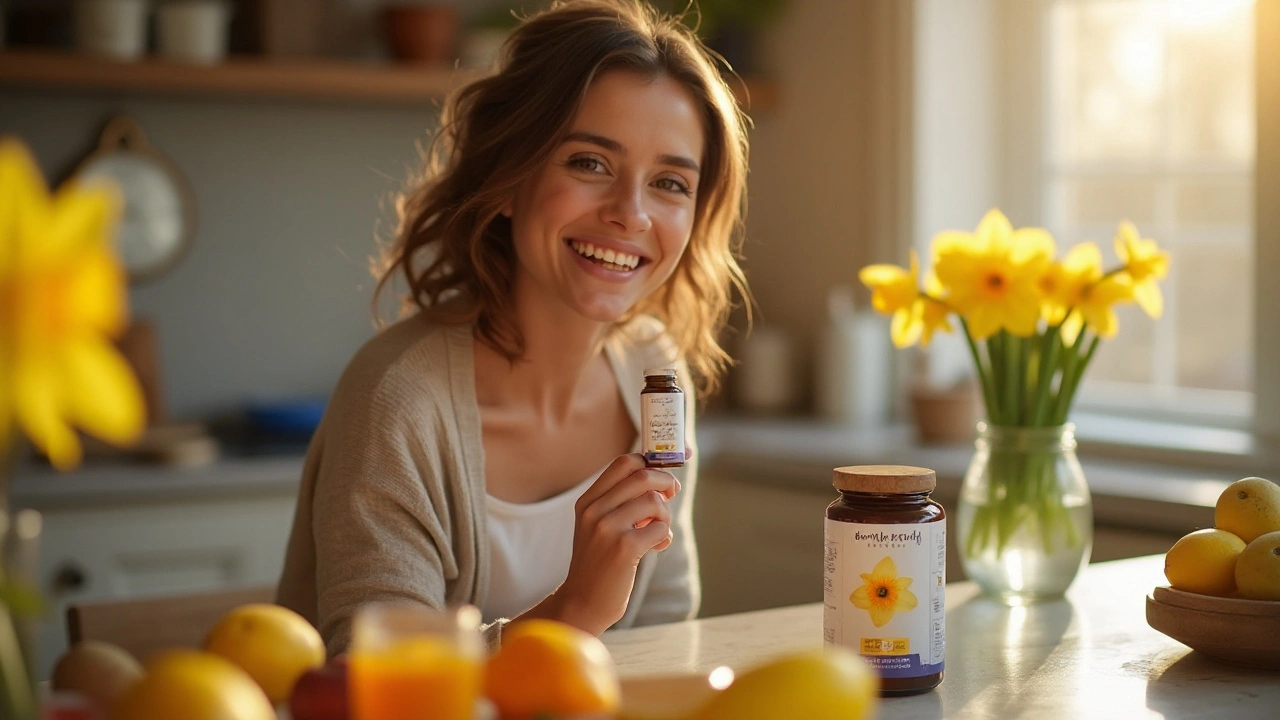Daffodil supplements: what they are and why people use them
Daffodil supplements usually refer to extracts from Narcissus species that contain alkaloids like galantamine. People buy these products hoping for clearer thinking, better memory, or general brain support. Some of the active compounds are the same ones used in prescription drugs for Alzheimer’s, but the way supplements are made and tested is wildly different from prescription medicine.
If you’re curious about trying a daffodil supplement, you should know what the science says, what to watch for, and how to pick a safer product. Below I break this down in plain language so you can decide without the hype.
What active compounds are in daffodil supplements?
The main ingredient people talk about is galantamine. Galantamine occurs naturally in some daffodils and related plants. It can boost levels of a brain chemical called acetylcholine, which helps with memory and attention. That’s why pharmaceutical galantamine is used for mild to moderate Alzheimer’s disease.
Not every daffodil product contains measurable galantamine. Some are simple bulb powders or low-strength extracts. Others claim a standardized galantamine content. Differences matter: a standardized extract is easier to evaluate for effects and risks than raw plant powder.
Safety, dosing, and buying tips
Daffodil bulbs are toxic if eaten raw. Supplements concentrate plant compounds and can cause side effects similar to prescription cholinergic drugs: nausea, vomiting, diarrhea, muscle cramps, slow heart rate, and dizziness. If you have asthma, heart problems, stomach ulcers, or are on other cholinergic or Alzheimer’s medicines, talk to your doctor first.
Prescription galantamine doses (for reference) usually start low and rise slowly, commonly in the 8–24 mg/day range for Alzheimer’s treatment. Supplements vary widely, and dosing on the label may not match actual content. Treat non-prescription products with caution and don’t mix them with prescribed cholinesterase inhibitors unless your clinician approves.
How to choose a product: pick brands that list exact galantamine content, look for third-party testing (USP, NSF, or independent labs), and avoid products that only say “bulb powder” with no standardization. Start at the lowest dose listed and monitor how you feel for at least a week. Stop and see a clinician if you get nausea, slow pulse, fainting, or breathing trouble.
Also consider safer, evidence-backed options for brain health: good sleep, regular exercise, social activity, a Mediterranean-style diet, B12 checks if you’re older, and omega-3s where appropriate. These habits help memory without the toxicity risk of raw plant bulbs.
If you decide to try a daffodil supplement, document the brand, batch, and dose, and discuss it with your healthcare provider. Good questions to ask your clinician: could this interact with my meds, is my heart rate safe, and is there a tested product they would trust? That keeps you safer than trusting marketing alone.

